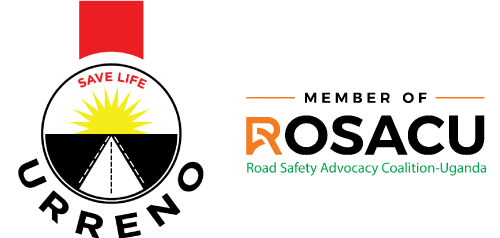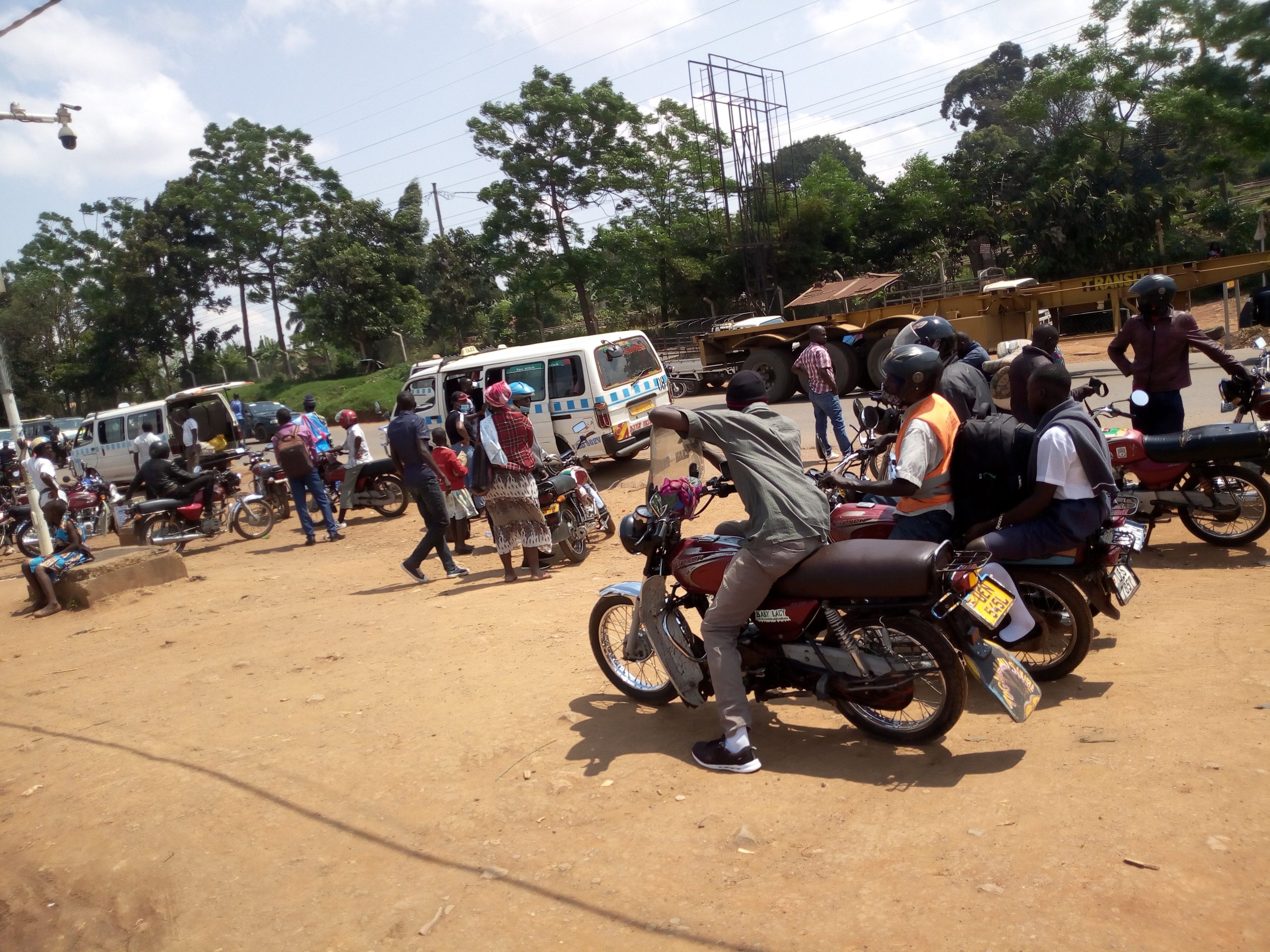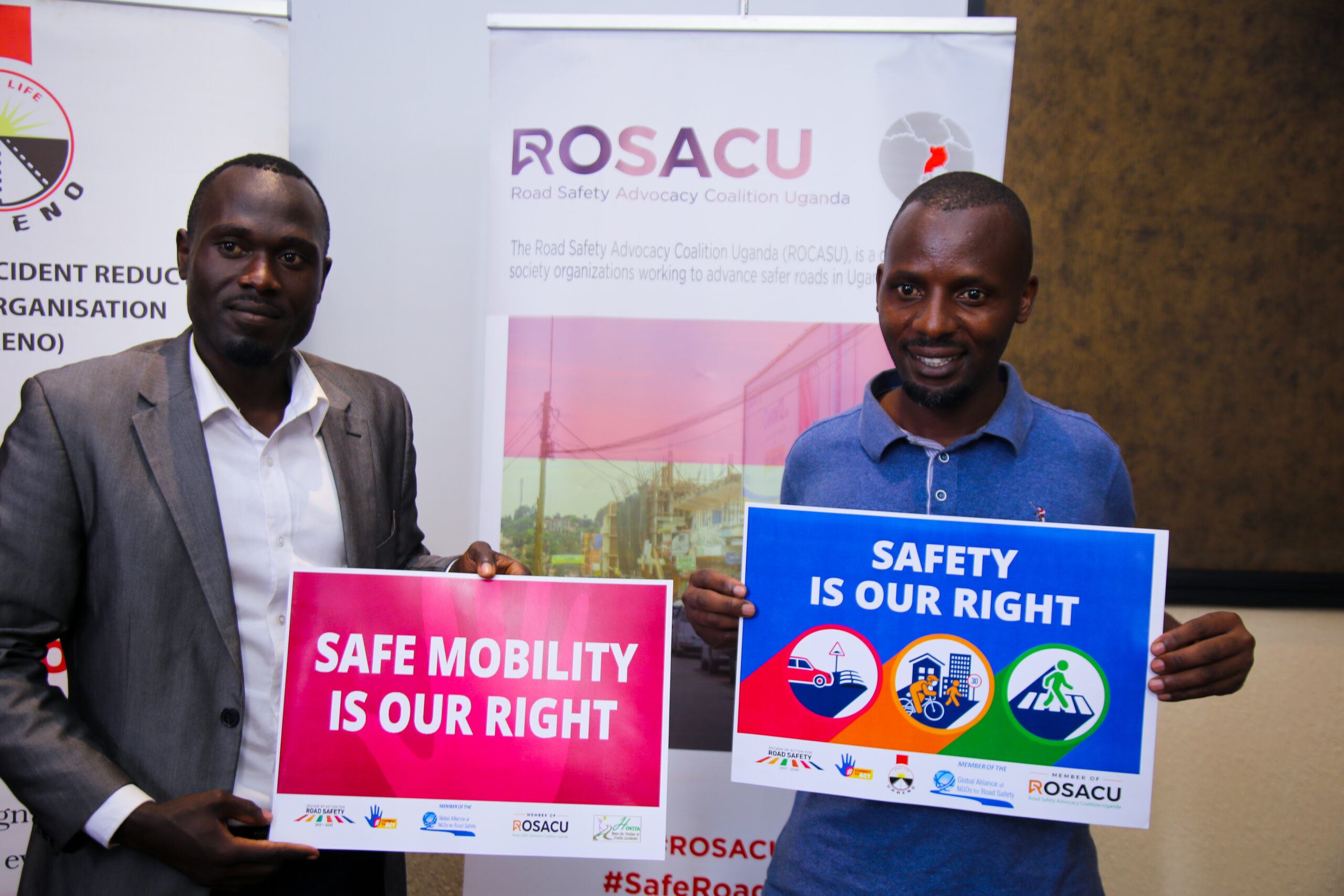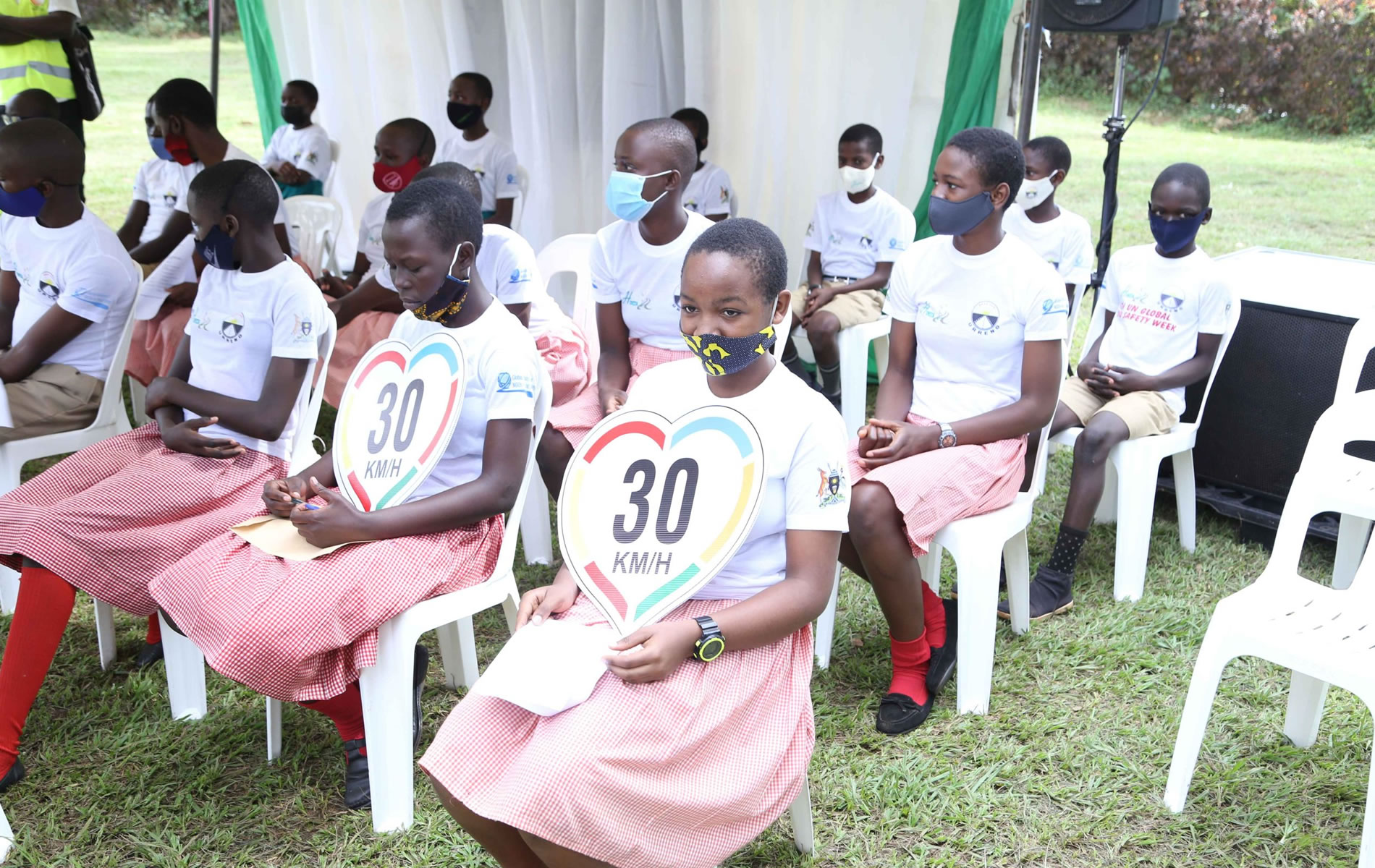
why Safer school Zones?

In order to safeguard children, lower accident rates, promote active commuting, and create a supportive learning environment, school zone safety is essential and with the gazette of the 30km/hr speed limit could lead the turn of events.
Children are among the most at risk of road crashes because thousands of them walk to school unaccompanied. Assessing dangers and hazards surrounding the school environment and routes must be a top priority because rural school road safety is a major concern for many communities. Many people have died as a result of speed, including school-age children.
Many children (age between 12-18years) in Uganda risk their lives on their way to school. In as space of 5 years there is has been a perturbing increase of road crashes among school children adding up to a total of 3,357 in number, a number of that makes ups two school. According to recent figures, 872 youngsters died in traffic crashes in 2023, a huge increase from 650 fatalities in 2022. This corresponds to an average of two children dying every day as a result of vehicle accidents.
A table showing number of road fatalities among children
| Year | Number of fatalities |
| 2019 | 607 |
| 2020 | 628 |
| 2021 | 600 |
| 2022 | 650 |
| 2023 | 872 |
The primary causes of these tragedies include speeding, non-compliance with traffic signs, and the absence of designated safe zones around schools. Many schools are situated close to major roads, lacking adequate pedestrian infrastructure such as sidewalks, humps, speed limit and pedestrian crossings. This exposes children to high-speed traffic with minimal protection.
Civil Societal Organization on road safety have led the move in establishment of the safe school zones guidelines which included Setting and enforcing speed restrictions of 30km/h and educating parents and pupils about unsafe walking and driving habits.
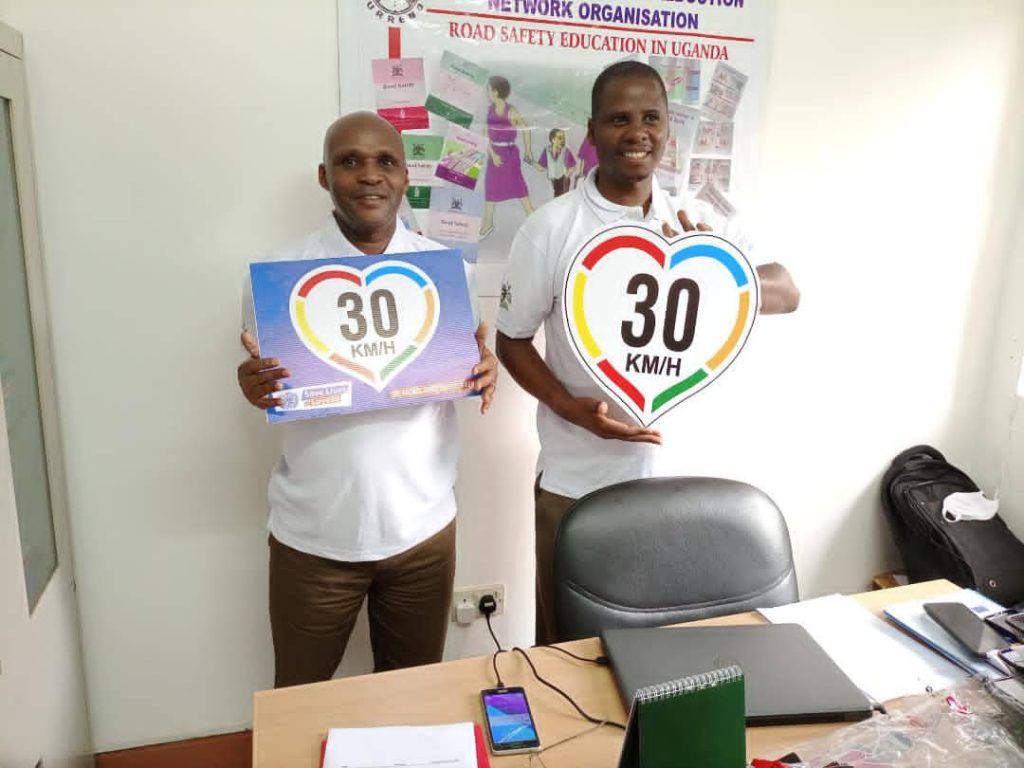
In 2025 the ministry of Works and Transport in partnerships with CSOs in Road Safety gazette the 30km/hr. guidelines. These new restrictions reduce the speed limit for built-up areas such as schools, marketplaces, hospitals, and town centers, particularly when vehicular traffic interacts with pedestrians, from 50km/hr. to 30km/hr.
In order to foster a culture of safety and responsibility among the caregivers, it is necessary to police the speed limits, which are 30 km/h surrounding the school, because for every 1% decrease in speed, there is a 4% decrease in traffic accidents
Implementing Safe School Zones in Uganda necessitates a coordinated effort between government agencies, non-governmental groups, and local communities. Key steps include:
1. Infrastructure Development: Installing sidewalks, pedestrian crossings, and conspicuous road signs near schools.
2. Law Enforcement: Enforcing speed limits and punishing traffic infractions in school zones.
3. Public Awareness Campaigns: Educate drivers, parents, and kids on road safety and traffic regulations.
These zones would enforce speed limits of 30 km/h in school vicinities (since the government has gazette 30km/hr), implement clear signage, and introduce traffic calming measures to ensure the safety of young pedestrians. Such initiatives have proven effective in other countries, significantly reducing child fatalities and injuries and the same can be benchmarked to curb these fatalities in Uganda.
